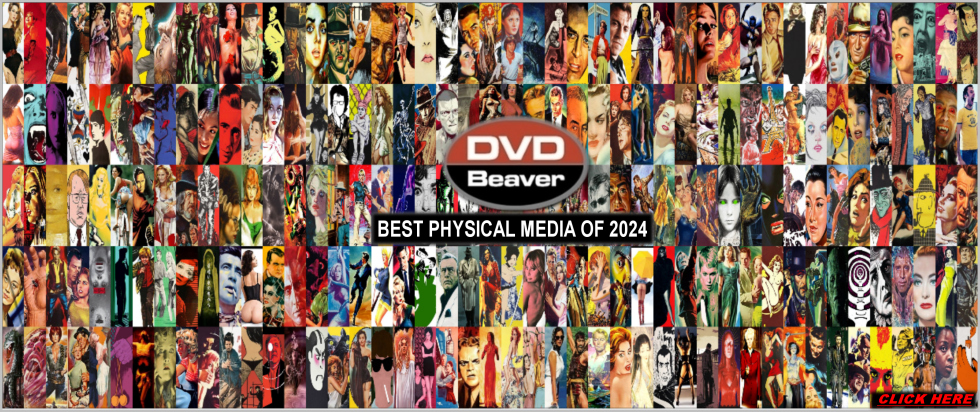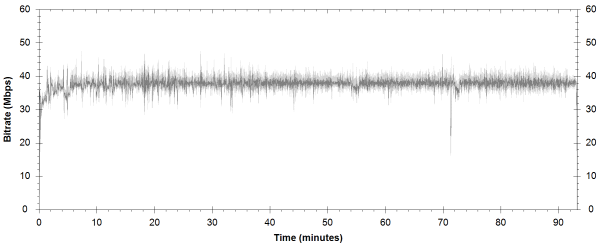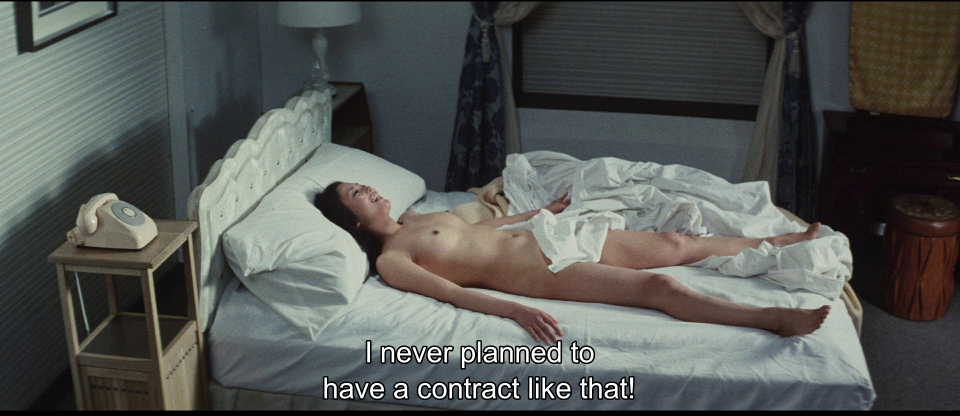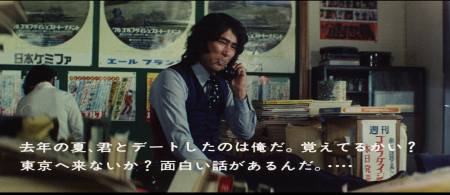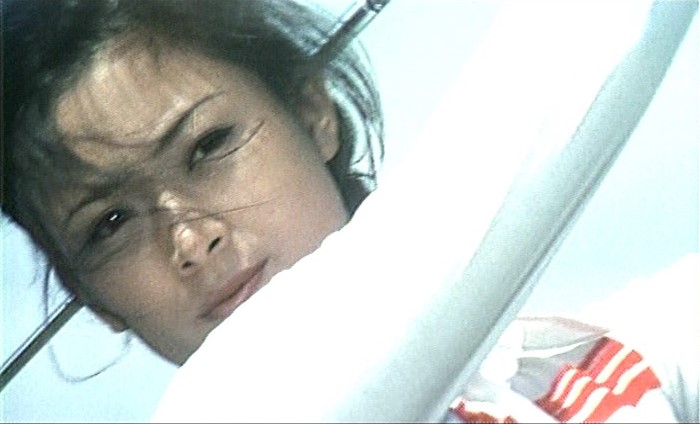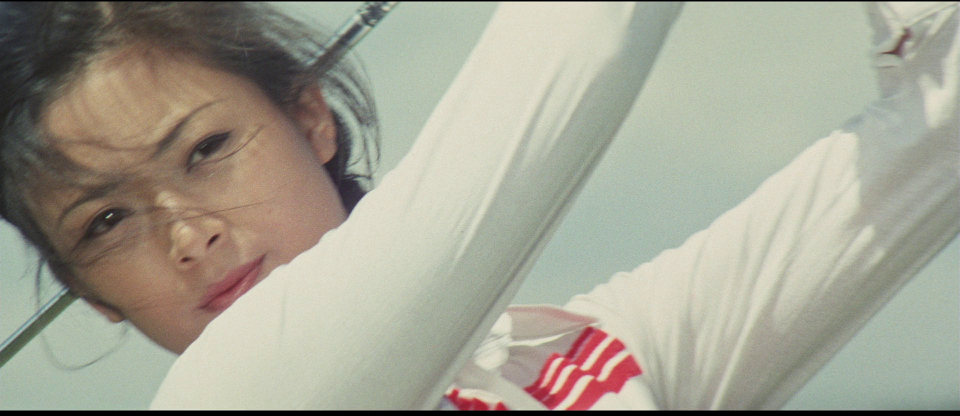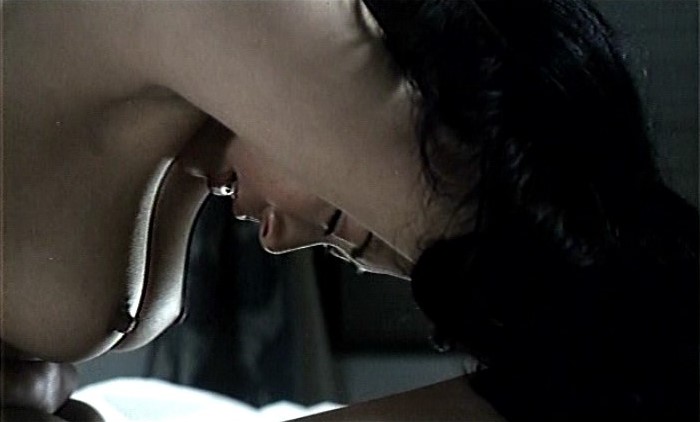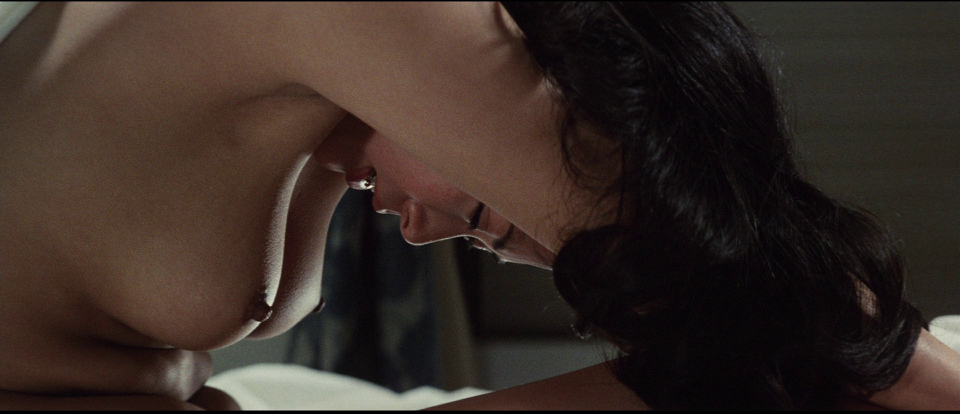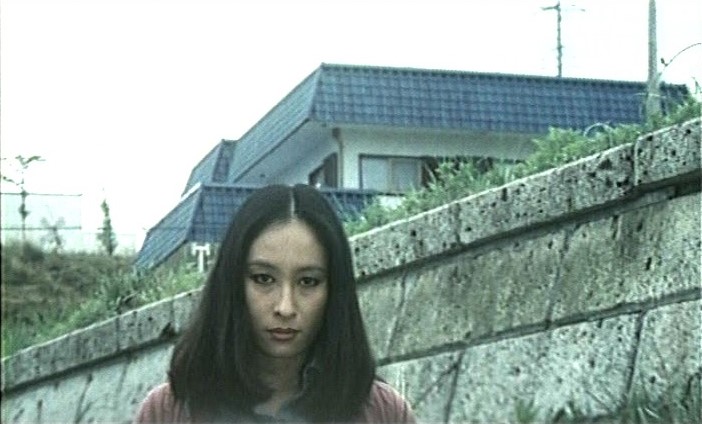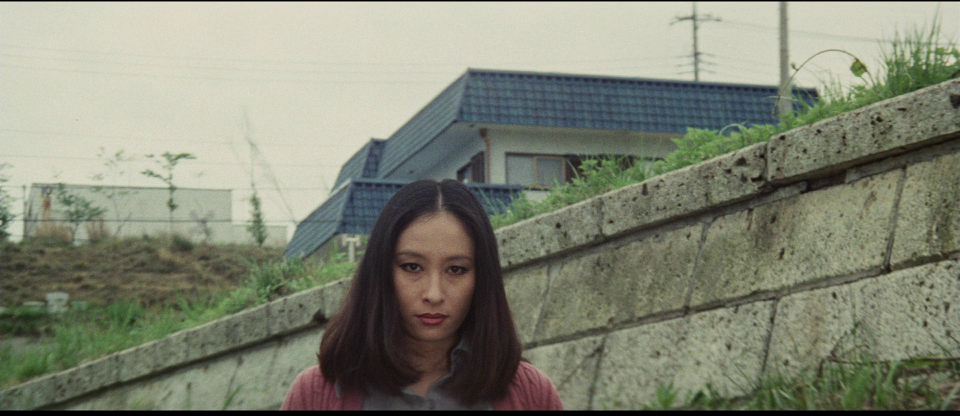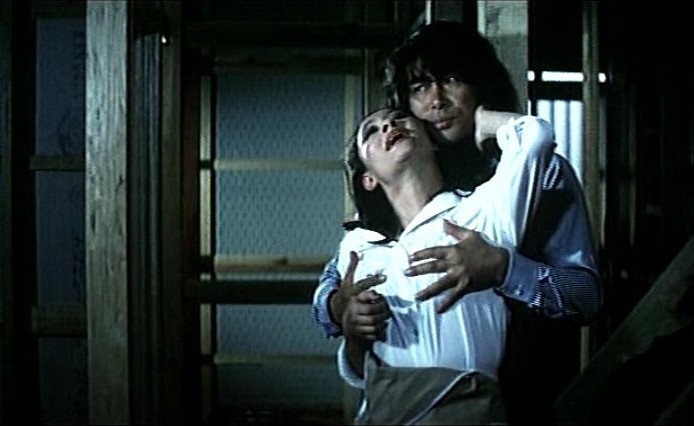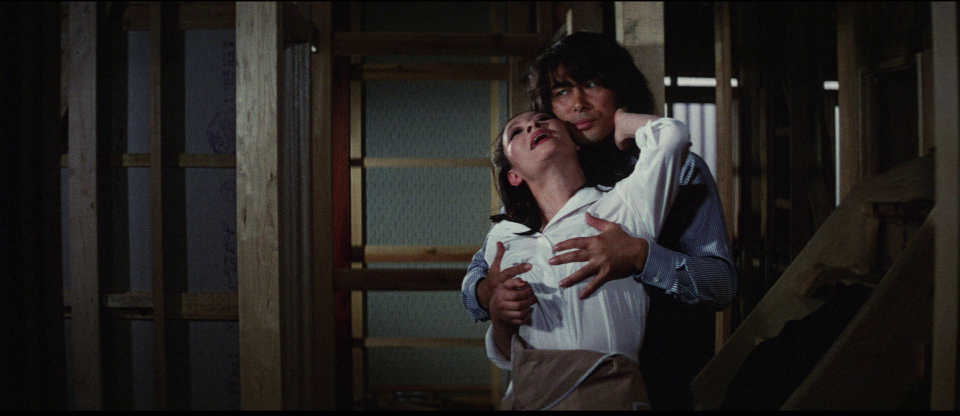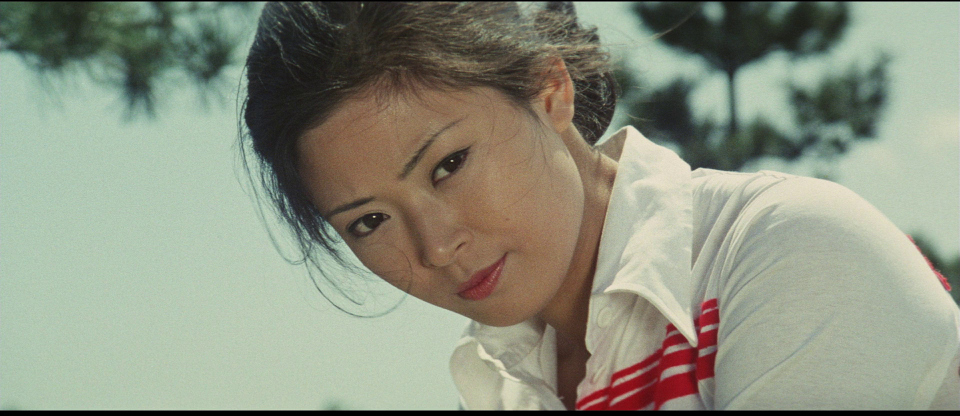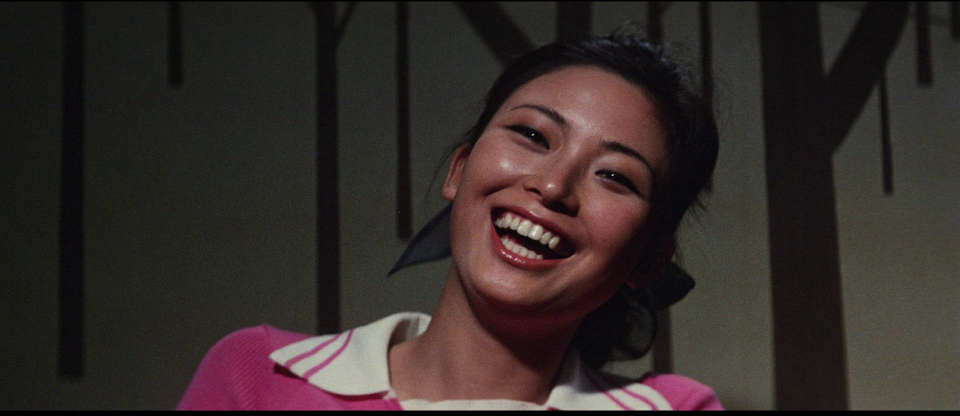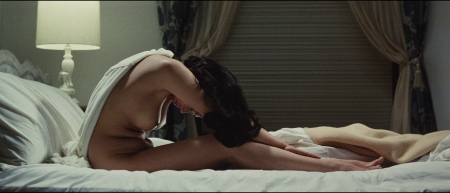Captures on this webpage!
|
Firstly, a massive thank you to our Patreon supporters. These supporters have become the single biggest contributing factor to the survival of DVDBeaver. Your assistance is essential to our survival.
What do Patrons receive, that you don't?
1)
Our
weekly
Newsletter
and
Calendar Updates
sent to your Inbox!
Please consider keeping us in existence with a couple of dollars or more each month (your pocket change! / a coffee!) so we can continue to do our best in giving you timely, thorough reviews, calendar updates and detailed comparisons. I am indebted to your generosity. |
![]()
![]()

![]()
![]()
|
Search DVDBeaver |
S E A R C H D V D B e a v e r |
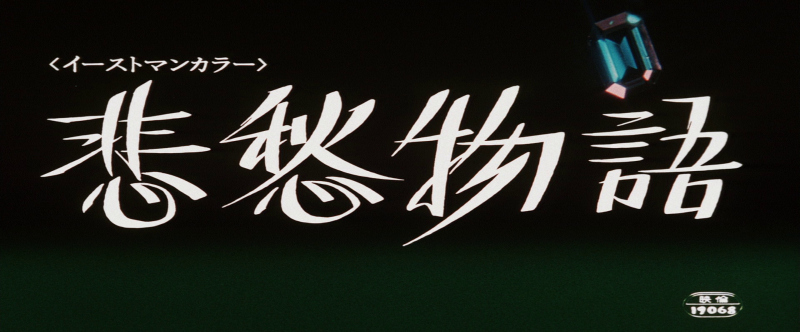
(aka "A Tale of Sorrow and Sadness" or "Hishu monogatari" or "A Story of Sorrow and Sadness" or "A Tale of Sorrow")
|
The editor of a sports magazine grooms fashion model Reiko to become a pro golfer, while retaining exclusive rights to her likeness. Reikoís popularity soars after she wins her first tournament and she becomes a media sensation, but when she and her manager (Yoshio Harada, Zigeunerweisen) cause a hit-and-run accident, the victim begins to blackmail Reiko, intruding further and further into her personal life. This was Seijun Suzukiís comeback film after being blacklisted by the film industry for ten years. Though adapted from a popular manga, the bold visuals and absurdist plot twists are vintage Suzuki. *** A Tale of Sorrow and Sadness (1977), directed by Seijun Suzuki, is a Japanese film that marks the director's return to feature filmmaking after a decade-long blacklist by major studios. The story follows Reiko, a professional model groomed by a sports magazine editor to become a pro golfer as a publicity stunt to boost the magazine's sales. Reiko excels, winning her first tournament and gaining fame, but her success attracts a deranged fan who begins to stalk and blackmail her after a hit-and-run incident involving Reiko and her manager. The film spirals into a psychological thriller, blending social satire with surreal elements, as it critiques the exploitative nature of fame, consumerism, and the entertainment industry in 1970s Japan. Suzukiís signature visual styleóvibrant colors, jarring edits, and theatrical compositionsóunderscores the chaotic descent of Reikoís life under the pressures of celebrity. |
Posters
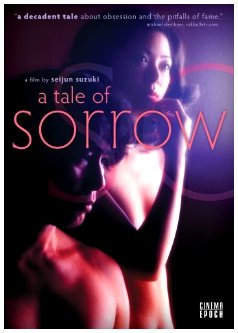 |
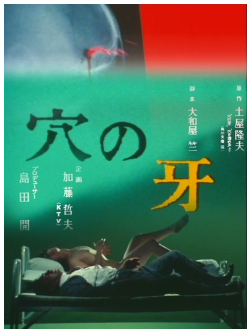 |
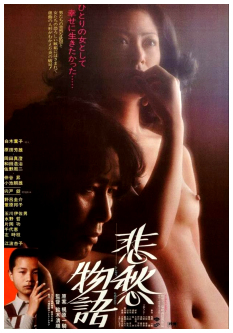 |
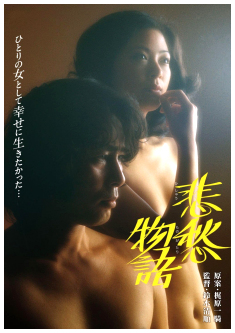 |
Theatrical Release: May 21st, 1977
Reviews More Reviews DVD Reviews
Review: Radiance- Region FREE - Blu-ray
| Box Cover |
|
Bonus Captures: |
| Distribution | Radiance- Region FREE - Blu-ray | |
| Runtime | 1:33:12.044 | |
| Video |
2.35 :1 1080P Dual-layered Blu-rayDisc Size: 35,595,516,494 bytesFeature: 28,997,016,576 bytes Video Bitrate: 37.66 MbpsCodec: MPEG-4 AVC Video |
|
|
NOTE: The Vertical axis represents the bits transferred per second. The Horizontal is the time in minutes. |
||
| Bitrate Blu-ray: |
|
|
| Audio |
LPCM Audio
Japanese 1536 kbps 2.0 / 48 kHz / 1536 kbps / 16-bit Dolby Digital Audio English 192 kbps 2.0 / 48 kHz / 192 kbps / DN -30dB |
|
| Subtitles | English, None | |
| Features |
Release Information: Studio: Radiance
2.35 :1 1080P Dual-layered Blu-rayDisc Size: 35,595,516,494 bytesFeature: 28,997,016,576 bytes Video Bitrate: 37.66 MbpsCodec: MPEG-4 AVC Video
Edition Details: ē Audio commentary by critic and author Samm Deighan (2025) ē New interview with editor Kunihiko Ukai (2025 - 19:54) ē Trailer (2:55) Reversible sleeve featuring original and newly commissioned artwork by Sam Smith Limited edition booklet featuring new writing by Jasper Sharp and an archival review of the film
Transparent Blu-ray Case inside slipcase Chapters 10 |
|
| Comments: |
NOTE:
The below
Blu-ray
captures were taken directly from the
Blu-ray
disc.
NOTE: We have added 80 more large
resolution Blu-ray captures
(in lossless PNG format) for DVDBeaver Patrons HERE
On their
Blu-ray,
Radiance use a linear PCM dual-mono track (16-bit) in the
original Japanese language. There is one instance of English spoken -
where there are burned-in Japanese subtitles. Suzuki, working with
composer Keitaro Miho (his last film credit) and sound designer Tetsuya
‘hashi (47
Ronin,
The Makioka Sisters,) crafts an auditory experience that mirrors
the filmís visual chaos, blending traditional Japanese music, modern pop
influences, and expressionistic sound effects to underscore the
narrativeís descent from satirical melodrama to psychological horror.
The jazzy, upbeat tracks in the early scenes evoke the eraís pop music,
particularly the kind used in commercials and idol promotions, aligning
with the filmís critique of media manipulation and the commodification
of women. The rhythmic thwack of golf balls, the murmur of the crowd,
and the click of cameras create a lively auditory environment that
mirrors the visual spectacle of Reikoís rise to fame. The sound of A
Tale of Sorrow and Sadness is as bold and unconventional as its
visuals, cementing Suzukiís reputation as a visionary director who uses
every element of cinema to challenge and provoke. Radiance's A Tale of Sorrow and Sadness
Region FREE
Blu-ray offers optional English
subtitles.
The Radiance
Blu-ray
Seijun Suzuki's A Tale of Sorrow and
Sadness, his first feature since
Branded to Kill (1967), blends elements of psychological
thriller, social satire, and melodrama, using his signature avant-garde
style to critique the commodification of women, the perils of fame, and
the consumerist culture of 1970s Japan. The filmís structure is episodic
and fragmented, reflecting Suzukiís penchant for non-linear storytelling
and his rejection of conventional narrative coherence - a trait that got
him fired from Nikkatsu. This disjointed structure mirrors the chaos of
Reikoís mental state, as well as the fractured nature of a society
obsessed with spectacle and consumption. The film explores themes of
psychological entrapment and the loss of identity. Reikoís journey from
model to golfer to victim is a descent into a nightmarish loss of self,
as she becomes a prisoner of both her fame and the boyís control. A
Tale of Sorrow and Sadness is a bold, if uneven, return for Seijun
Suzuki, showcasing his avant-garde style while tackling the dark side of
fame and consumerism in 1970s Japan. While not as celebrated as
Branded to Kill or
Tokyo Drifter, the film remains a fascinating entry in Suzukiís
oeuvre, offering a unique blend of social satire and psychological
horror that continues to resonate with audiences today. Its exploration
of exploitation, identity, and the cost of fame makes it a prescient
work, cementing Suzukiís status as one of Japanís most visionary
directors. The Radiance Blu-ray
of A Tale of Sorrow and Sadness is very strong; Samm Deighanís
audio commentary is the standout, providing a scholarly analysis that
contextualizes the film within Suzukiís career and 1970s Japanese
culture, making it essential for those seeking a deeper understanding.
The interview with Kunihiko Ukai offers a rare behind-the-scenes
perspective, shedding light on Suzukiís editing process and creative
vision, while the limited edition booklet adds collectible value, with
Jasper Sharpís essay and the archival review offering both contemporary
and historical insights. For the director's completist fans and Japanese
cinema scholars, the Radiance Blu-ray
|
Menus / Extras
Radiance- Region FREE - Blu-ray
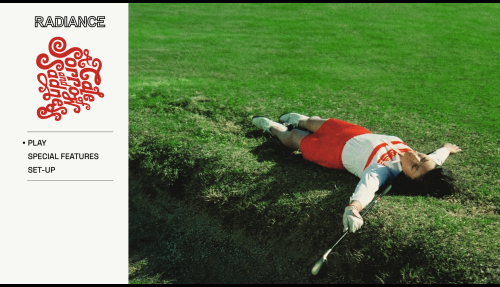 |
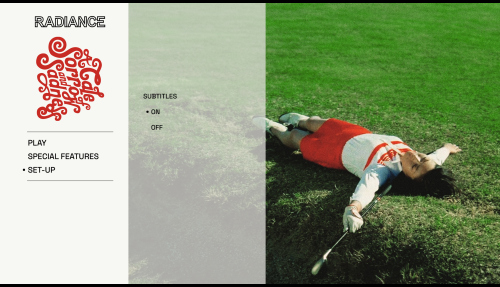 |
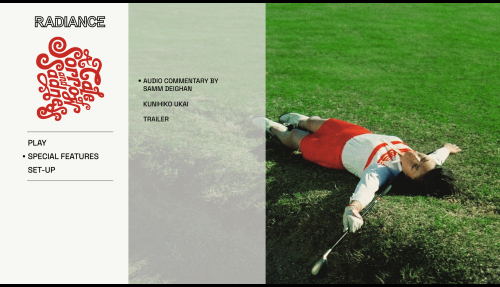 |
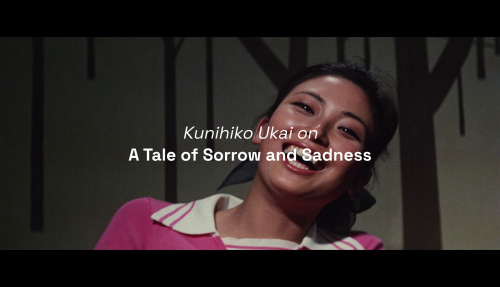 |
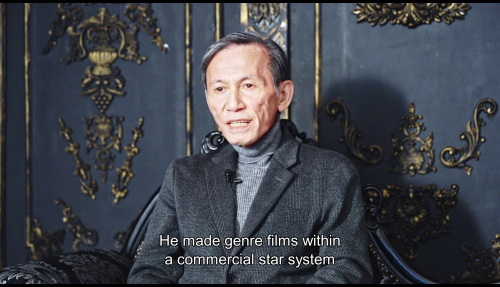 |
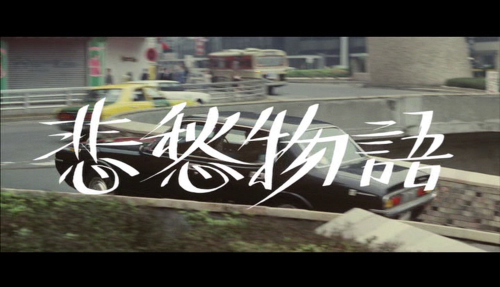 |
CLICK EACH BLU-RAY CAPTURE TO SEE ALL IMAGES IN FULL 1920X1080 RESOLUTION
|
1) Panorama - Region 0 - NTSC TOP2) Radiance - Region FREE - Blu-ray BOTTOM |
|
|
Sample of brief English language with Japanese subtitles
|
1) Panorama - Region 0 - NTSC TOP2) Radiance - Region FREE - Blu-ray BOTTOM |
|
|
|
1) Panorama - Region 0 - NTSC TOP2) Radiance - Region FREE - Blu-ray BOTTOM |
|
|
More full resolution (1920 X 1080) Blu-ray Captures for DVDBeaver Patreon Supporters HERE
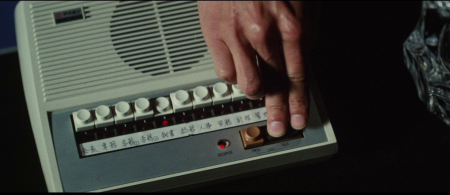 |
 |
 |
 |
 |
 |
 |
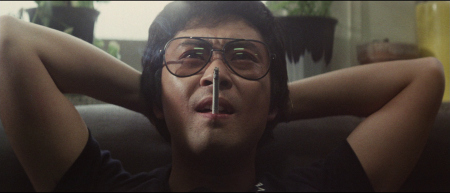 |
 |
 |
 |
 |
 |
 |
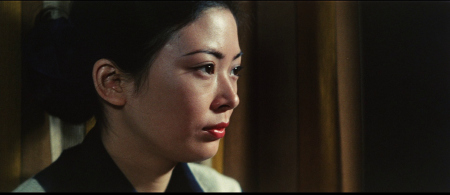 |
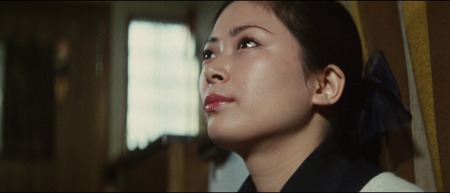 |
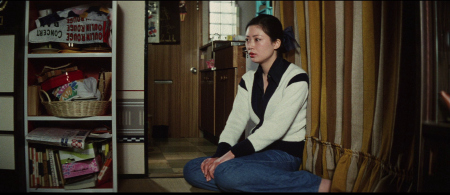 |
 |
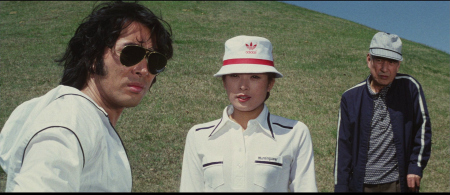 |
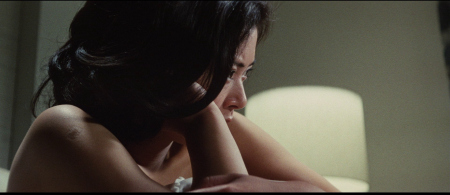 |
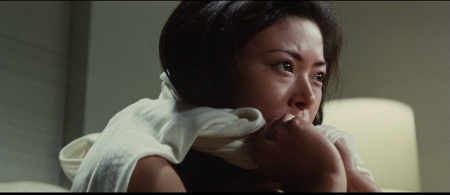 |
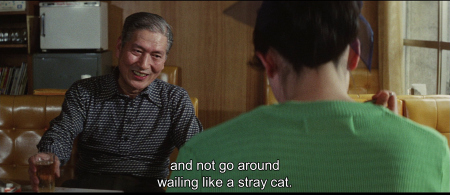 |
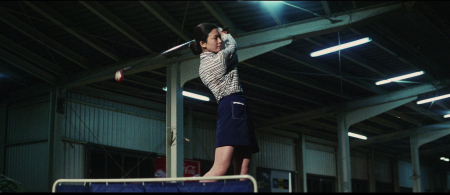 |
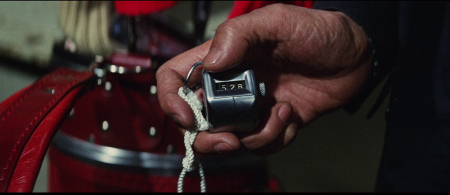 |
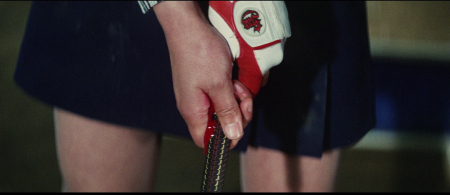 |
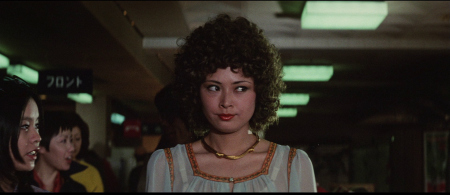 |
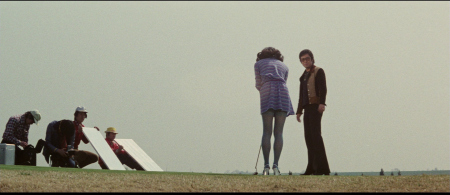 |
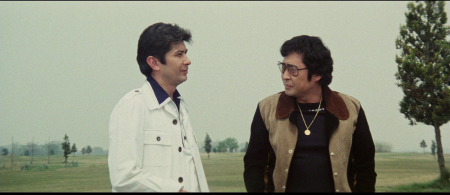 |
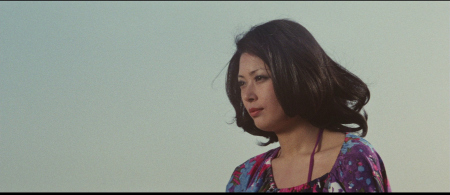 |
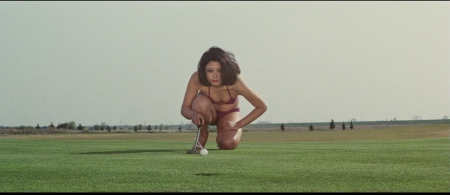 |
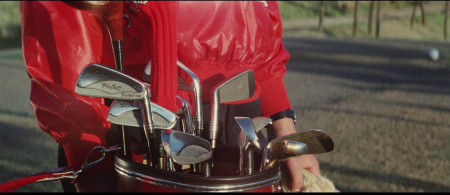 |
 |
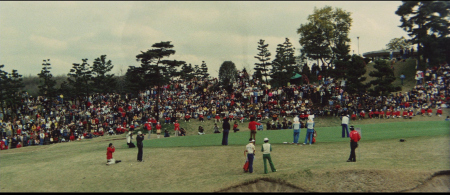 |
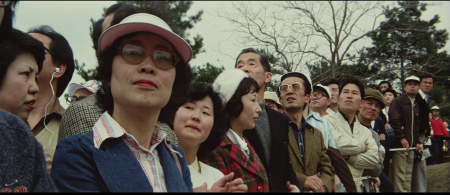 |
 |
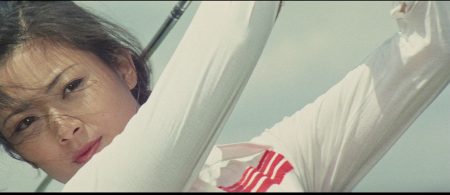 |
 |
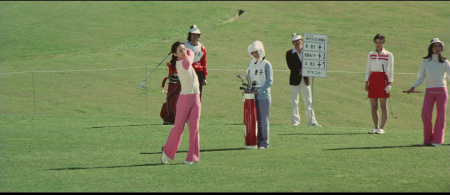 |
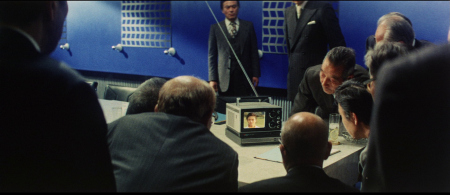 |
 |
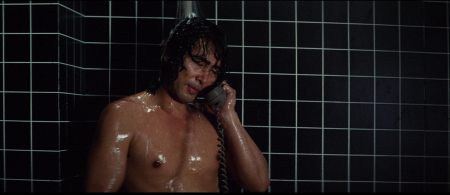 |
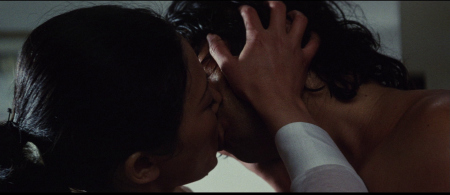 |
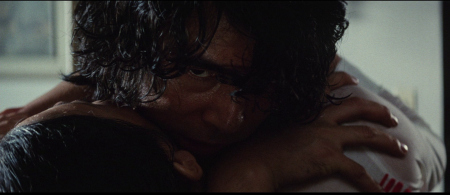 |
 |
 |
 |
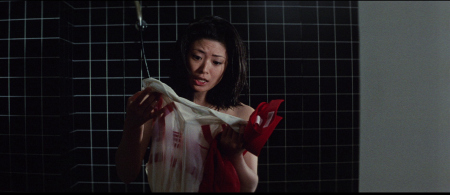 |
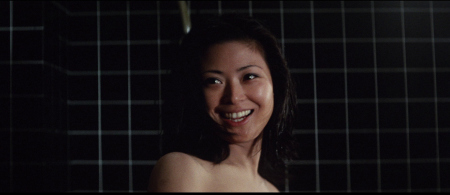 |
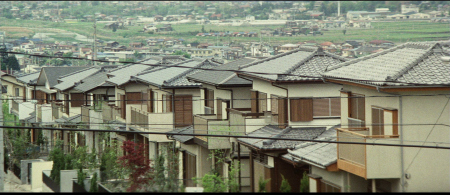 |
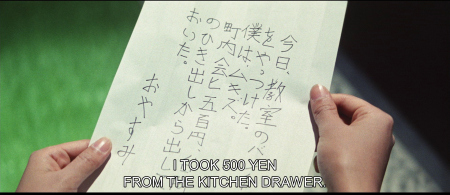 |
 |
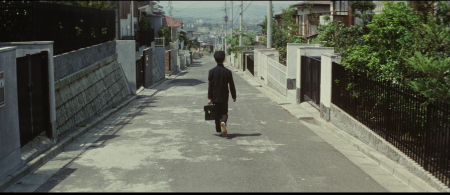 |
 |
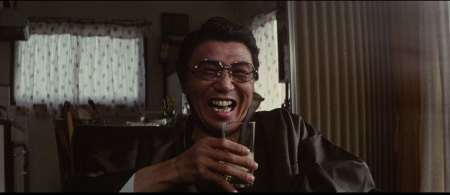 |
 |
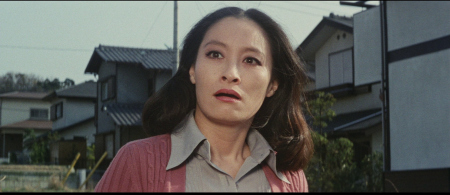 |
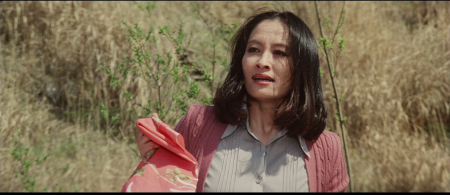 |
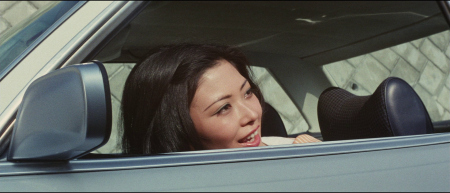 |
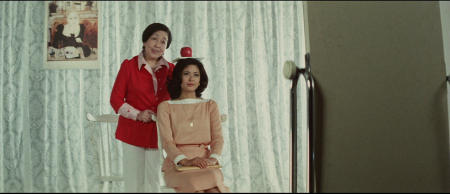 |
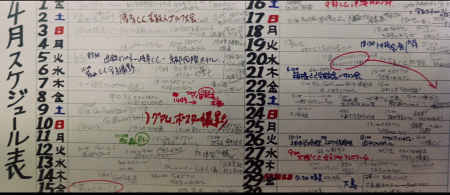 |
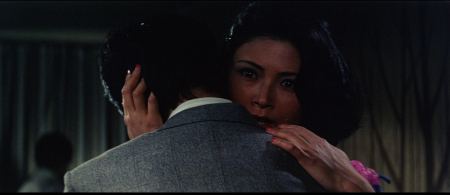 |
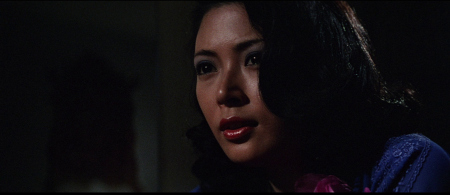 |
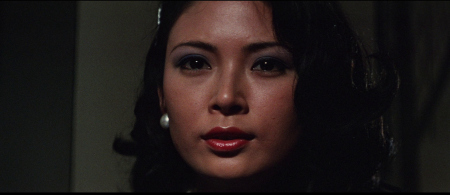 |
 |
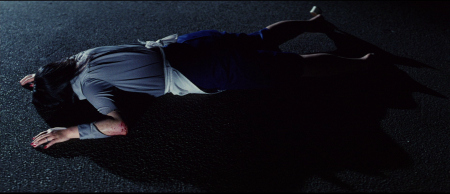 |
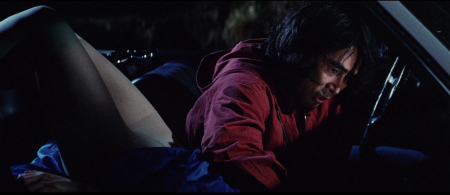 |
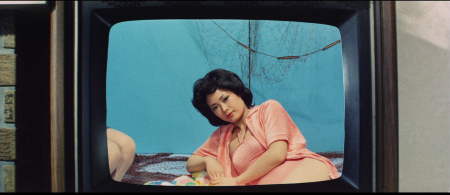 |
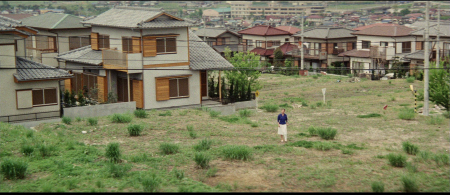 |
 |
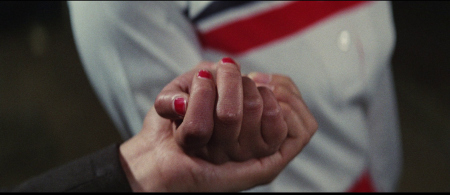 |
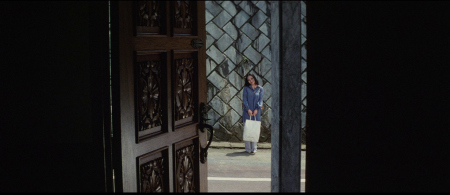 |
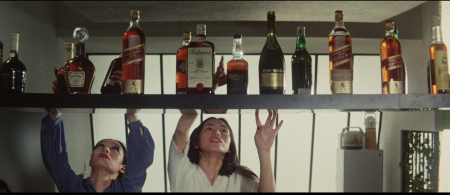 |
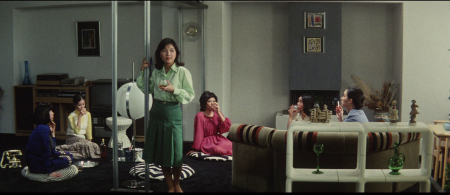 |
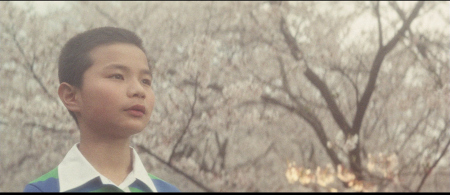 |
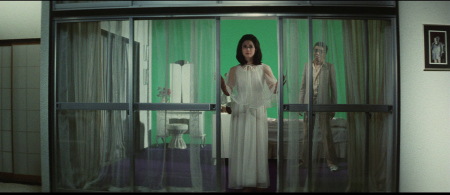 |
 |
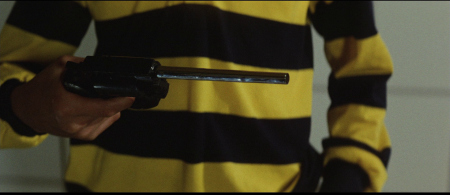 |
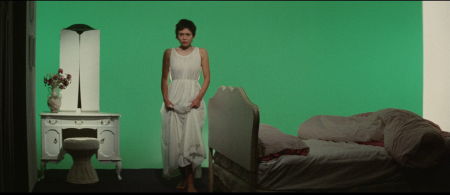 |
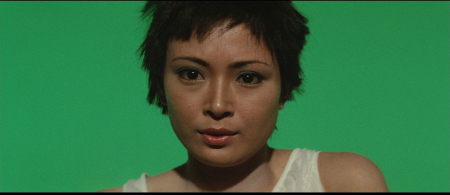 |
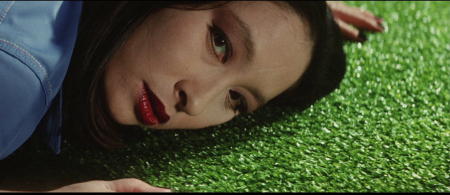 |
| Box Cover |
|
Bonus Captures: |
| Distribution | Radiance- Region FREE - Blu-ray | |
![]()
![]()

![]()
![]()
|
Search DVDBeaver |
S E A R C H D V D B e a v e r |



